We kindly inform you that, as long as the subject affiliation of our 300.000+ articles is in progress, you might get unsufficient or no results on your third level or second level search. In this case, please broaden your search criteria.
Quand on entreprend d’examiner la question de l’apocalyptique, il n’est pas mauvais de commencer par relire la plus célèbre des Apocalypses, celle que l’on n’a jamais cessé de méditer dans notre culture commune, je veux dire celle de Jean. Au chapitre IX, la liste des fléaux ui marqueront la chute de l’Empire romain et la venue des derniers temps s’ouvre par l’invasion des sauterelles, un thème emprunté aux sept plaies d’Egypte et aux prophéties de Joël. Que nous dit Jean ? « L’aspect de ces sauterelles était pareil à des chevaux prêts pour la guerre, avec leurs faces comme des faces d’homme. Elles avaient des cheveux comme des cheveux de femmes. Elles avaient des thorax comme des thorax de fer et le bruit de leurs ailes était comme un bruit de chars et de chevaux qui courent à la guerre ». Chez les modèles dont Jean s’inspire, les sauterelles n’étaient qu’une calamité agricole. Chez lui elles sont devenues une armée, préfigurant l’armée humaine qui quelques versets plus loin est décrite franchissant l’Euphrate. À l’image traditionnelle des sauterelles vient désormais se superposer celle des cavaliers parthes, archers (l’image du cavalier archer apparaissait déjà fugitivement en VI.2), à la longue chevelure flottante et revêtus d’armures de cataphractaires (ces deux traits contrastés se retrouvent dans la saisissante description de la bataille de Carrhes par Plutarque).
More...
Shamanism is in vogue at present. Before the mid-1970’s, shamanism interested only a few anthropologists and historians. Now travel agents are booking “shamanic tours” and alternative healers advertise “shamanic counselling”. Meanwhile, a walk through any large bookstore will produce scores of titles with “shaman”, “shamanic”, and “shamanism” in them. In popular culture «various figures from Socrates and Shakespeare to Aleister Crowley, from Jim Morrison and Michael Jackson to the Pope too, have been labelled “shamans”». Moreover, recent years witnessed a growth in “New Age”, “neo-“, “new” or “modern” (and/or “post-modern”) shamanisms, a wide variety of “spiritual” practices for personal and communal empowerment among Western peoples. So, in this work, we’ll try of analyzing the interrelations between shamanism, neo-shamanism, and New Age and some thoughts and reflections of Mircea Eliade. In particular, in some his books and articles, Romanian historian of religions Mircea Eliade presaged – according to us – the explosion of interest in shamanism (and neo-shamanism) and inner conceptions of the man that would reach their peaks in the New Age, and Occultist, and Neo-pagan Movements.
More...
Hesychasm is an Eastern Christian method based on the invocation of the Name of Jesus and on the “descent of the noûs (Greek for “intellect”) into the heart”. This spiritual discipline, the method of which emerged in its most explicit form between the 13th and the 14th century on Mount Athos, is the core of Christianity, since it consists in the inner practice of the fervent and continuous repetition of the holy Name and aims to achieve metánoia (Greek for “change of the noûs”) for the entire human being and a personal relationship with Jesus Christ through an incessant militia super terram comparable to the Muslim jihâd al-akbar (Arabic for “great holy war”). A meditated comparison between some central components of Hesychasm, Sufism and yoga may be an adequate way to understand more deeply the spiritual and anthropological aspects of this eminently “paradoxical” ascetic discipline
More...
Cultural Wars in Great Romania. An Unsettled Youth. “Political” versus “Mystical” Theology. The Imprisonment. After Liberation. Struggle and Triumph. The Later Years. Bucolic Nostalgia. Trauma of Secularisation. The National Ideal and the Orthodox Ecclesiology. Narcissism in Historiography.
More...
Violence: justified and illegitimate. The purpose of the present study is to take a closer look at the former by reflecting on some particular ways of legitimizing violent actions. 1. A Crazy Abba 2. Ascets, Grazers, Fools 3. “I will mock the world” 4. Elijah the wise 5. The Beginning and the End 6. Violence as Monopoly 7. Another Fool I. Secular Violence - 1. The Daily Life — “bandits are lying in wait”; 2. War — “the worst of evils”; 3. The Law — setting the example; II. Sacred Violence - a). The Rhetoric of Violence; a) Heretics and martyrs - The Madrid Skylitzes; c) Eschatological Violence;
More...
In spite of his reputation to be a herald individual autonomy, Kant suggests that the dominion of evil in human lives spreads through their social connections. The human person is constantly susceptible to the attacks of the evil principle, yet "if he searches for the causes and circumstances that draw him into this danger and keep him there, he can easily convince himself that they do not come his way from his own raw nature, as far as he exists in isolation, but rather from the human beings to whom he stands in relation or association…. 1. The Church within the Inner Circle; 2. The Church of the Outer Circle; 3. Assessing Kant’s Ecclesiology: An Intellectual Missionary, Yet an Impoverished ‘Church Plant’;
More...
Orthodox Christianity and the Orthodox Church played an important role for the early political ideology of the Romanian people. Thus, the religious factor defined much of the Romanian ethos (Romanian lege) throughout centuries, by shaping all kinds of relations between the Orthodox and the other ethnic or religious (especially Muslim, and Catholic/Protestant) identities. Those theological structures continued to shape this process of identity making until the eve of the modern era.
More...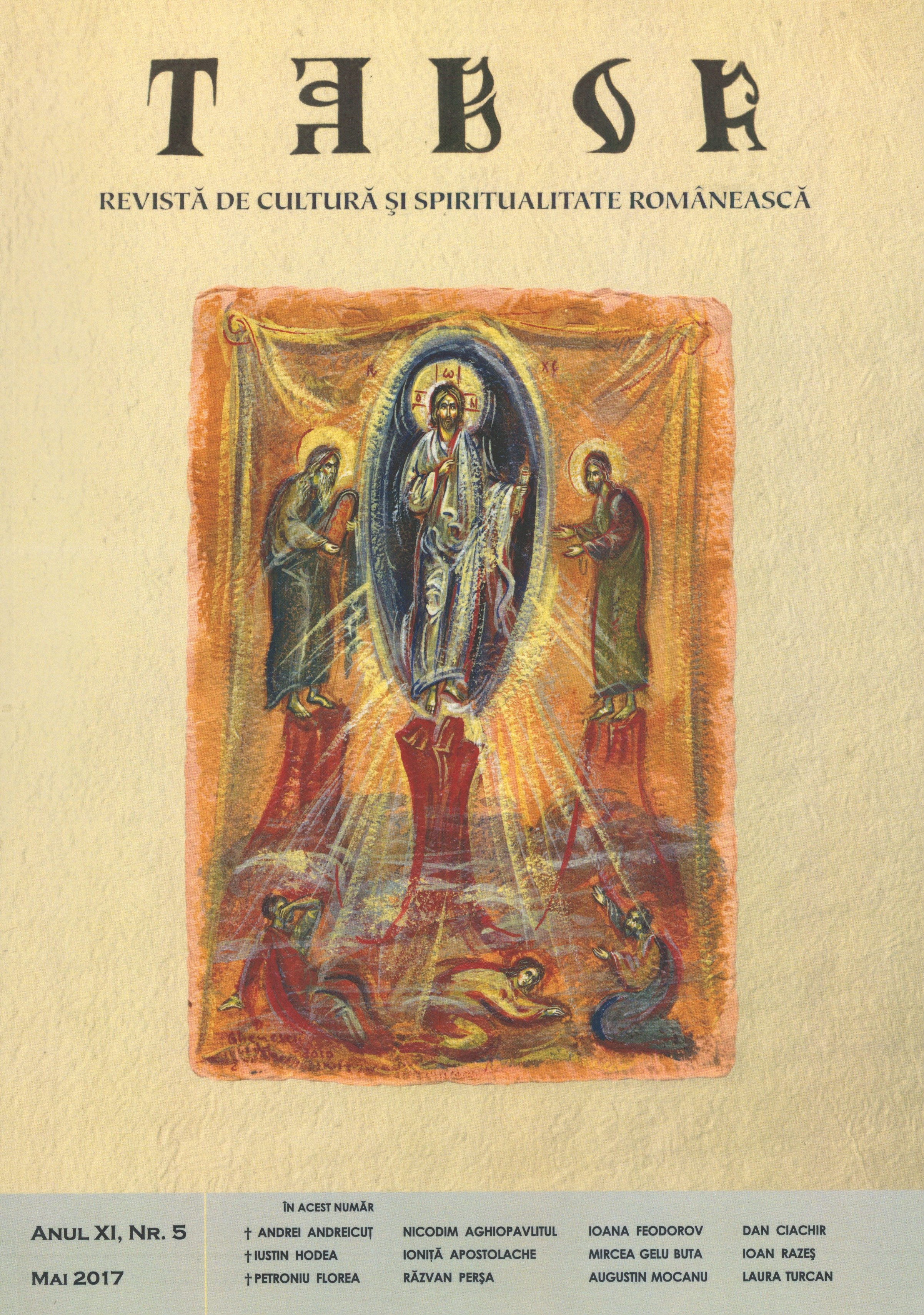
The article evokes memories about the faithful of Boju village, county of Cluj, and their spiritual preparation before Easter. The author mentions the traditions at the beginning of the Great Lent, traditions about commemorating the dead, or the way of fasting and how they celebrated the Easter Holidays.
More...
The article evokes memories regarding the author’s colaboration with BBC Radio, in the 90s. There were times of increased interest in the Church and religious affairs. The article also recalls a visit to the Arch- bishop Justinian Chira of Maramureş.
More...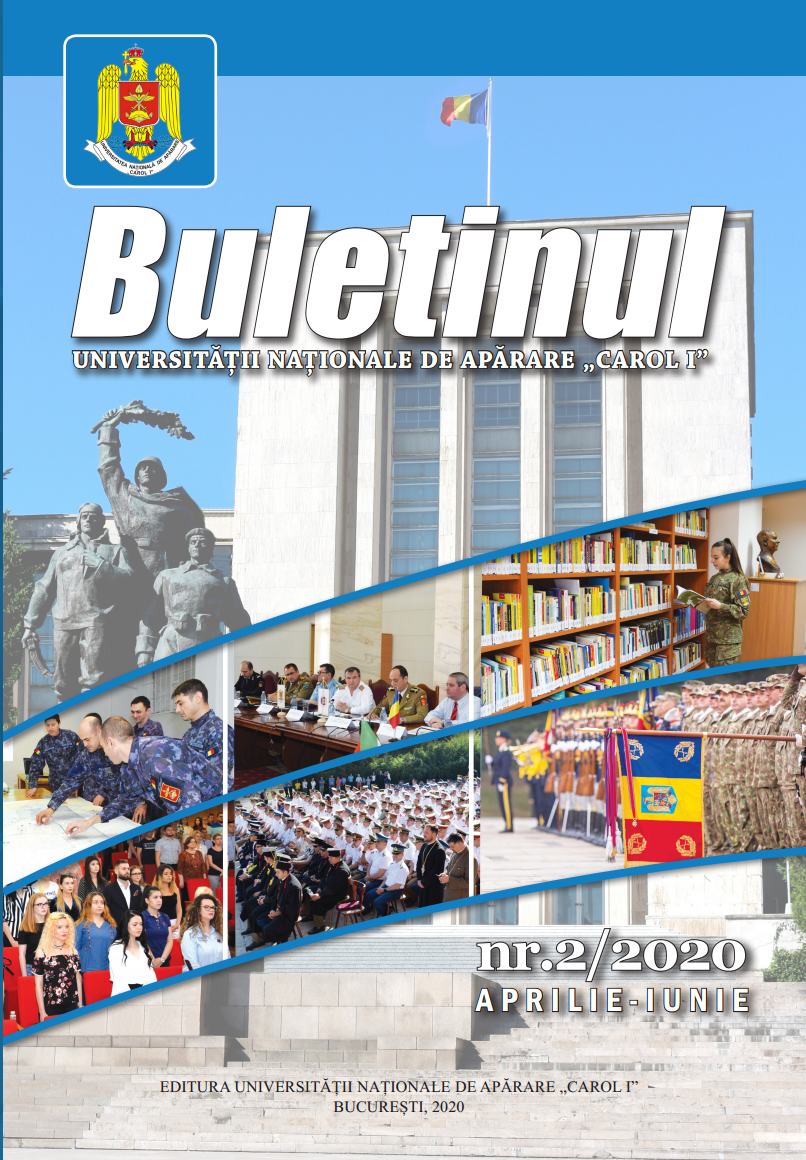
Among the major challenges in the contemporary world, which are on the agenda of all international debates, we can identify the effervescence of violence, the war in the name of religious symbols, a suffocated atmosphere of insecurity in developed countries due to terrorist attacks or the power of the new communication technologies. Experts in international humanitarian law try to analyze the causes of this violent eruption of energies within civilizations and to find solutions to stop this anger and restore peace and harmony among people. Rational words, arguments recognized by international conventions and treaties do not seem sufficient. In many debates, there are voices that argue that religion can be the solution that humanity needs again for peace, harmony and communion. I will try to make a brief analysis of the two currents that animate the today dialogue of experts in international humanitarian law: does religion have a role in solving the crisis of humanity or not?
More...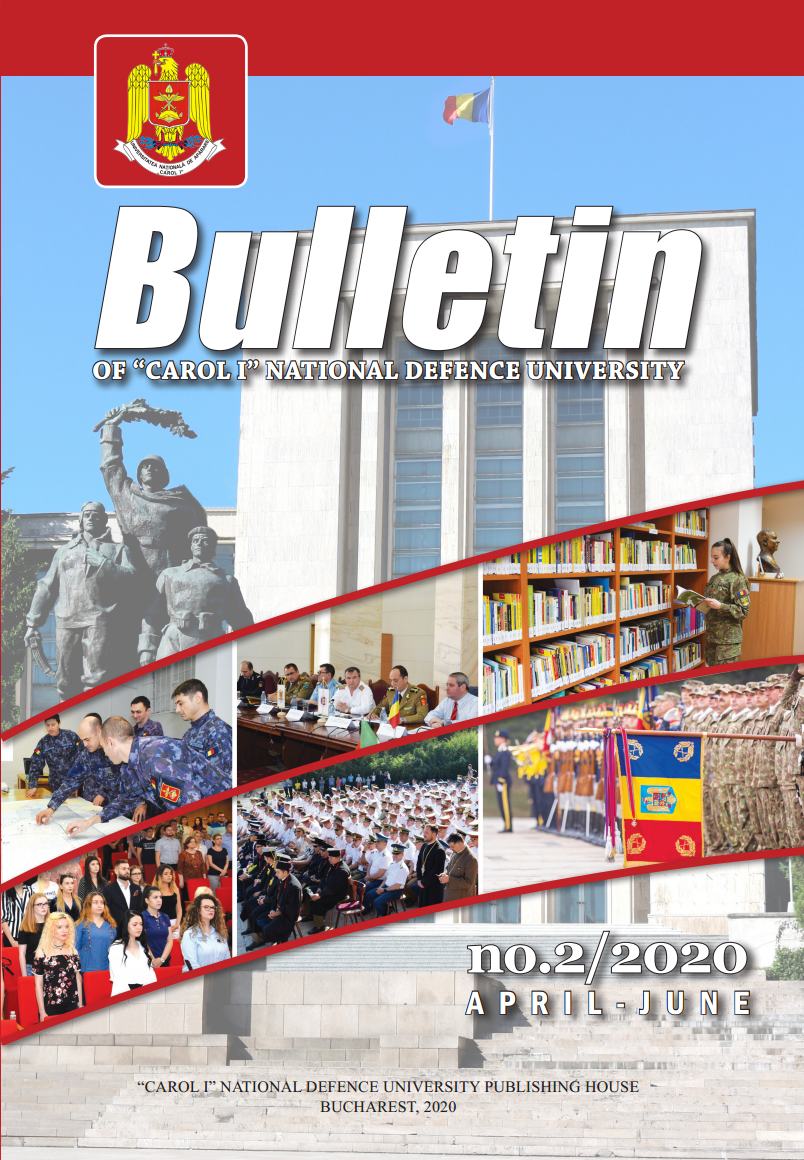
Among the major challenges in the contemporary world, which are on the agenda of all international debates, we can identify the effervescence of violence, the war in the name of religious symbols, a suffocated atmosphere of insecurity in developed countries due to terrorist attacks or the power of the new communication technologies. Experts in international humanitarian law try to analyze the causes of this violent eruption of energies within civilizations and to find solutions to stop this anger and restore peace and harmony among people. Rational words, arguments recognized by international conventions and treaties do not seem sufficient. In many debates, there are voices that argue that religion can be the solution that humanity needs again for peace, harmony and communion. I will try to make a brief analysis of the two currents that animate the today dialogue of experts in international humanitarian law: does religion have a role in solving the crisis of humanity or not?
More...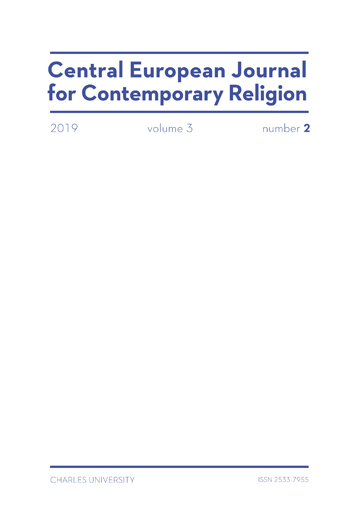
The article deals with the analysis of Carlos Castaneda’s legacy in the contemporary Czech shamanic milieu, with his literary successors, and with continuity of his teachings explained in famous decalogy about shaman-sorcerer don Juan. The first part is dedicated to the zeitgeist of Castaneda’s writings, focusing on Mircea Eliade’s and Michael Harner’s influence. The second part analyses more narrowly the reflection on Castaneda’s personality and work from the current shamanic point of view. The following part introduces Castaneda’s literary impact within the specific Czech context and discusses his more successful followers. The last part compares the message of Castaneda’s work and current Czech shamans’ teachings considering the similarities and differences, namely the relationship with nature and with spiritual allies, following with shaman’s image, purpose, and responsibility. The article concludes that despite respecting Castaneda’s importance in the history of shamanic revival, the contemporary Czech shamans share little with the original Castaneda’s teachings.
More...
Carlos Castaneda is famous for the series of books about his shamanistic apprenticeship and, subsequently, mastery. As an author, however, he seems to be resisting any categorization as he has been moving on the borders of ethnography, fiction and esoterism. This article aims to assess his possible contribution to psychotherapeutic theory and practice. Castaneda is considered one of the fathers of the neo-shamanistic movement that seems to be linked to some schools of Western psychotherapy in many ways. However, he does not display many of its typical characteristics. While neo-shamanism tends to emphasize positive aspects of the world, harmony and healing, Castaneda emphasizes contemplating the “dark side of the world” and his approach contains a lot of dangerous and potentially psychologically disruptive techniques. Castaneda is thus probably less convenient for psychotherapeutic use than some of his followers. Despite that, some elements of his work seem to have a psychotherapeutic potential and they have not been left unnoticed in the psychotherapeutic community. I emphasize two specific elements of his work to be key in this respect: narrativity and direct bodily experience. Castaneda’s ambiguous position at the borders of genres thus can serve us to perceive their permeability at the one hand but also to remind us of the importance of keeping them apart on the other hand.
More...
The term Akashic Records originates from the Indian word Akasha, which gained a new meaning after its adoption by the Theosophical Society. The first part of the text explains the origin of the concept of both Akasha and the Akashic Records. The article argues that the transformation was influenced by elements from philosophy and physics, as well as by the Christian doctrine of predestination. The final part of the article then describes an example of how concepts similar to the Akashic Records still appeared in the 20th century.
More...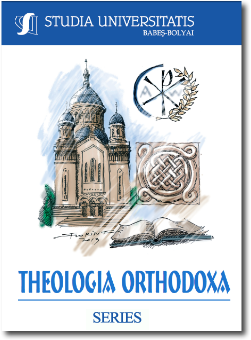
The digital land brings a new subject to debate about the most appropriate framework to guide religion expression in online settings to promote the Church tradition mission and to build a spiritual identity in a world of crisis. In the last months, there were many voices telling that Orthodox Church in Romania has a communication problem. In order to understand the process of communication of the Church in the digital era, we need to underlie this process in the psychology and sociology of communication theories. Therefore, our analysis is an attempt to better understand the challenges derived from the communication of religious subject in a context saturated by media influence over social iconology of the Church and over spiritual communion and identity. We discuss different perspectives on framing information, on the relation between the Church mission as public communicator and media agenda. Finally, we identify some positive aspects of re-thinking communication process in order to increase the Church capacity of building a powerful strategy for social messages and educating communities in the culture of Truth. Moreover, the success of moral communication means opening a dynamic pastoral program incorporating psycho-sociological aspects of communication.
More...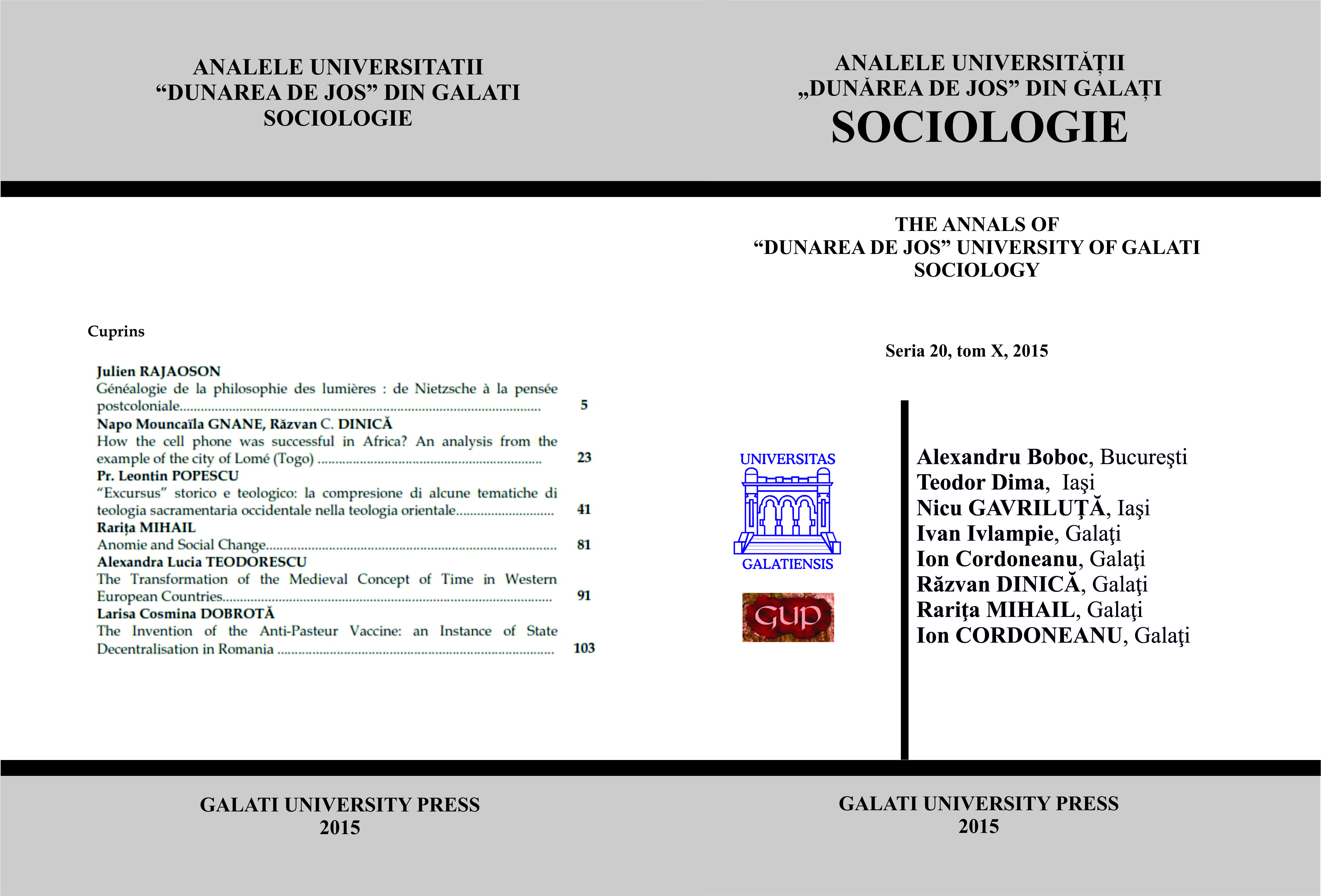
The holy sacraments, according to the classical definition of the Treaties of dogmatic and confessions of faith, are divinely instituted celebrations that, in visible and tangible form through the intercession of priests, express and transmit the invisible grace of God, through Christ and the Spirit holy. This scholastic definition, which of course does not appear in the patristic texts because the fathers’ simply describing the sacraments of the church in their expressions and their consequences causes misunderstandings. These celebrations are isolated from the body, thus creating something additional in the body that can easily be considered as autonomous and magical means. The Orthodox tradition, beginning with the body in the description of the church, which is manifest especially in Latreutical rally and liturgy of the people, consider the sacraments as organic manifestations and functions of the body as a whole.
More...